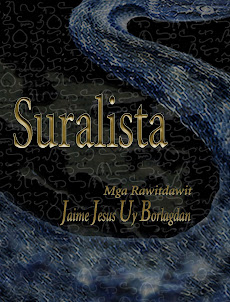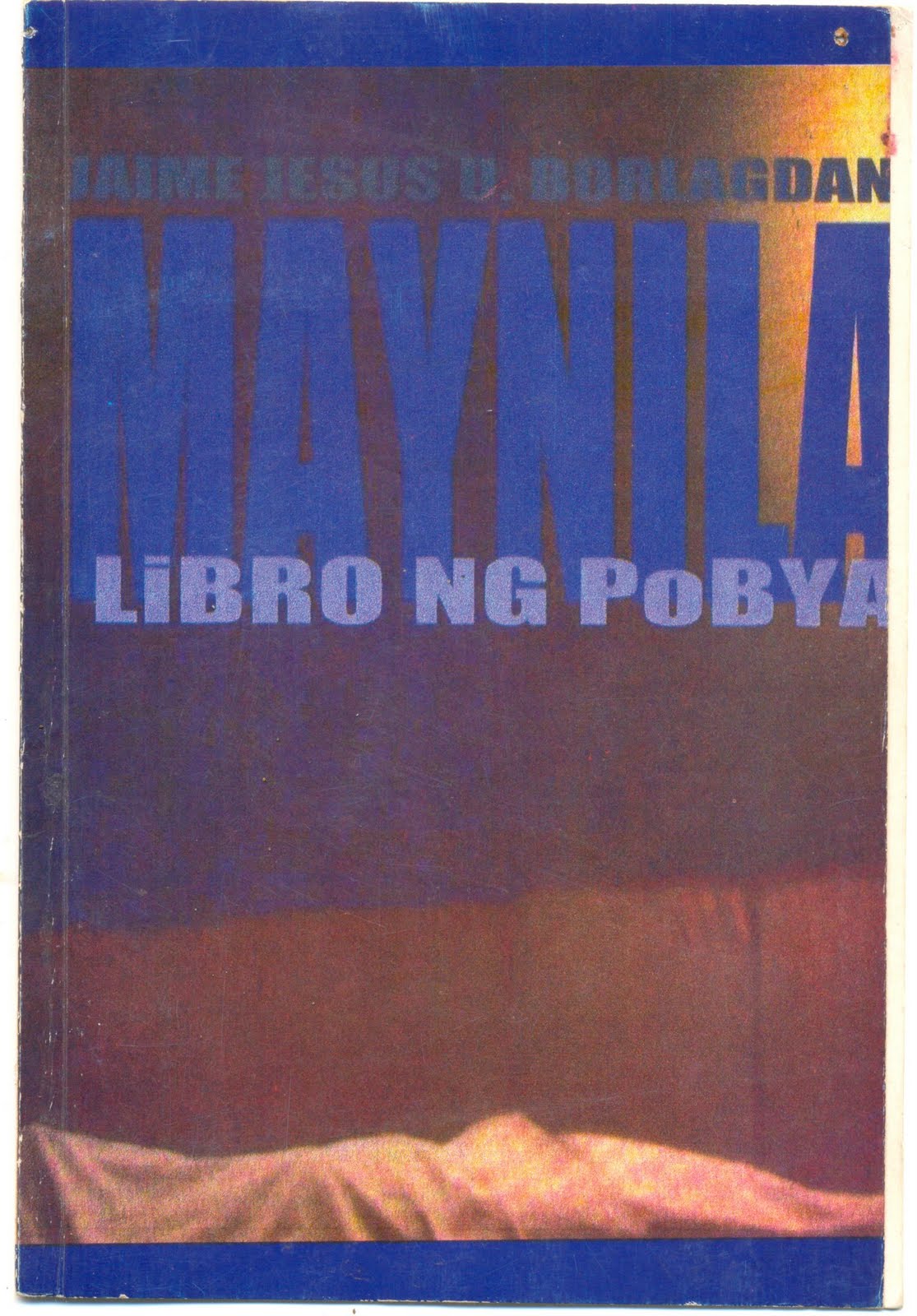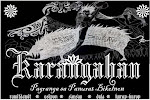
Kan an matakton nagbalong magluwas sa pigtataguan, nasibot su kinaban. Gabos yaon sa pag-ipos na mahiling. Ta dawa byadi an boot, an mata kan matakton daing patawad. An hiling kaini tarom sa maragsip na papel. An maan, awot sa batak sa paril. Minalakaw ini sa gabos na ibabaw, sa kantil kan sarong tagdong tunog o sa kweba sa tahaw kan saradit na burak. Duwang ruwedang rabas an daing takot niyang mata, idugi an kahewasan kan anyil na langit, idaguso an tago kan mga taklob, itaros an lipod kan mga kudal. An maan niya an nagsalo kan saiyang kurab, an mata niya an suminugpon sa saiyang tikab.
Ta siya an nakakahiling kan makagirabo kaining gayon, padaba siya kan kinaban na kaogmahan an magpahiling. Dai siya nasasakitan magsabot kaining gubot na kadlagan, an kaawagan saiya parasurog kan nalipdan na kapanoan. Ta an takot bagang minahurma saiya iyo an bayaan an kinaban, na sa takot man na ini an kinaban man sana an saiyang pigdudulagan. An siklong ini an saiyang bulawan na laoman. Pero pag an matakton nagbalong magluwas sa saiyang pigtataguan, an kaluyahan niya inubakan ki sagang, saro ining kaaldawan digdi sa daga. Ta sa pag-usol ki mga bulod, an pagbalo an trayumpo. Sabot an kan kinaban—ini an silensiyong sikretong pigheras kan takot buda kan saiyang pigkakatakutan. Kaya sa mga tinampong halawigon na iskala ki piano—saray an mga punaw na sayaw na daing kahingaloan pagpinunan— luway-luway an lakaw kan saiyang bitis, an timak likayon na dai makahaman ki tugtog na mapukaw sa makinigkigon niyang isip.
An Matakton
Posted by
Jai Jesus Uy Borlagdan
Wednesday, September 09, 2009
Painting: "The Scream" Edvard Munch








0 comments:
Post a Comment